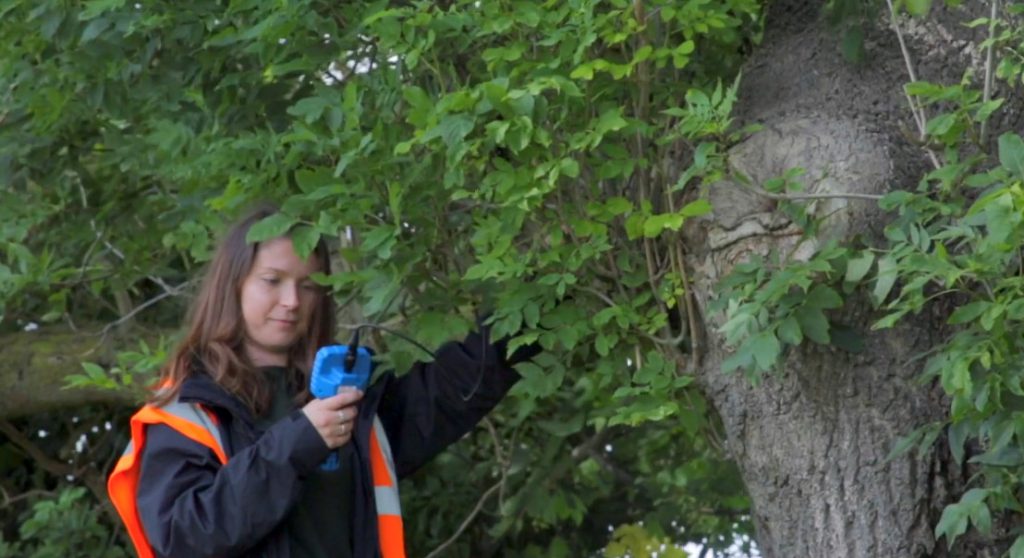Historic Features in Greater London
Consisting of 32 boroughs and surrounding the City of London, Greater London is home to the largest urban area in the United Kingdom. Between rural and urban areas, 99.8% of the population inhabits developed areas, with the Metropolitan Green Belt acting as the primary source of environmental quality due to accounting for 22% of the land area.
It is common for developers to favour greenfield land ahead of brownfield land as the lack of past alterations could pose fewer obstacles. That said, greenfield land isn’t necessarily void of all previous intervention, and it may even be the case that historic remains dwell within the ground.
An ideal approach from the perspective of developers would be to ignore the likelihood of archaeological remains, but by doing this, they may end up setting themselves up for future problems, potentially leading to costly delays or a devastating breakdown of their project.
Greater London Archaeological Advisory Service
As well as the corresponding local councils, archaeological remains in Greater London are protected by Historic England’s Greater London Archaeology Advisory Service (GLAAS). It is the role of GLAAS to work in partnership with developers and local authorities to promote the enjoyment, interpretation, management and understanding of archaeological heritage.
GLAAS also plays a pivotal role in planning applications, not only in assisting local authorities with granting or denying applications for planning consent but also in regulating planning policies in relation to archaeology.
The concept of satisfying the local council can be daunting, especially if they are receiving support from licensed archaeologists. However, developers can avoid any issues relating to potential historic remains on the site and meet the requirements of the local planning authority by booking an archaeology survey.
Assessing a Site for Archaeological Remains
All archaeological surveys are split into two parts: a desk-based assessment and an inspection of the site. Desk-based assessments will take place first and act as an opportunity for the London archaeologist to retrieve any existing information about the specific plot of land, including archaeological records that could indicate historic importance or evidence of known historic features on the site. With all of the available information collected, the archaeological consultant will then move on to the field survey, which consists of a surface survey and a geophysical survey for inspecting both above and below ground.
Once the entirety of the site has been reviewed as part of the surface survey, highly specialised equipment will be used to determine historic remains hidden underground for the geophysical survey. More specifically, a ground penetrating radar (GPR) device will be used, sending radio waves into the ground and recording distances between the device and solid surfaces by how long they take to reflect backwards. Shorter distances will indicate that items are located within the ground, and if the prior research during the desk-based assessment doesn’t explain any findings, the archaeological surveyor may choose to excavate.
Additional techniques the archaeologist may use include aerial photography, site discovery and evaluation, walkovers and watching briefs. Depending on the site, they may also opt to consider contours, earthworks, the results of existing building surveys and proximity to the National Grid. A few short days after the assessment, an archaeology report created by the archaeological surveyor will explain the survey process and next steps that will meet the requirements of the local council. The archaeology survey report can then be passed on to the planning officer from the local planning authority, and with the featured information, the developer should find no problem with gaining planning permission.
Get in Touch with Our Archaeology Team
An application for a planning condition on a greenfield site won’t stand much chance of being successful without evidence of an archaeology survey to eliminate the likelihood of present historic remains. Among our surveying teams for ecology and arboriculture is a group of experts in archaeology, and following more than 15 years of experience, we can conduct archaeological assessments on development sites with the resulting insights needed to satisfy the local authorities.
Our overreaching grasp across the country allows us to provide private and professional clients with archaeology surveys in Greater London and all other areas in England regardless of location. You can request a free quote from Arbtech by speaking to us directly over the phone or online and giving us details about your site and project. If you are happy to move forward, we can book a preferred date to undertake the archaeology survey, and help you to achieve a successful planning application.


